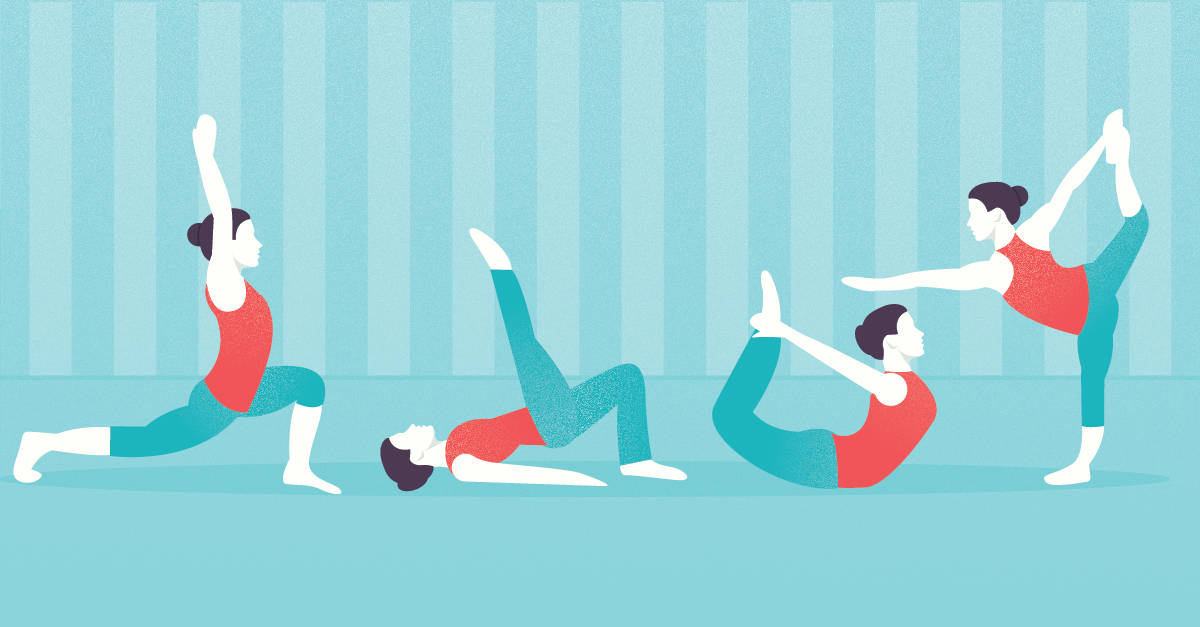Which Practice is for You?
Pilates and yoga are two popular workouts that, to the untrained eye, may appear like the same thing. Although they do have some similarites their difference make them two seperate workout styles. Pilates’s slow and controlled movements vs. the held positions of yoga are just one way these two workouts differ.
If you’re looking to increase your muscle strength and tone, yoga may be the workout for you. If you’re looking for a workout that improves core strength and stability, then try out pilates. Take a look through our infographic to figure out which one is right for you.

